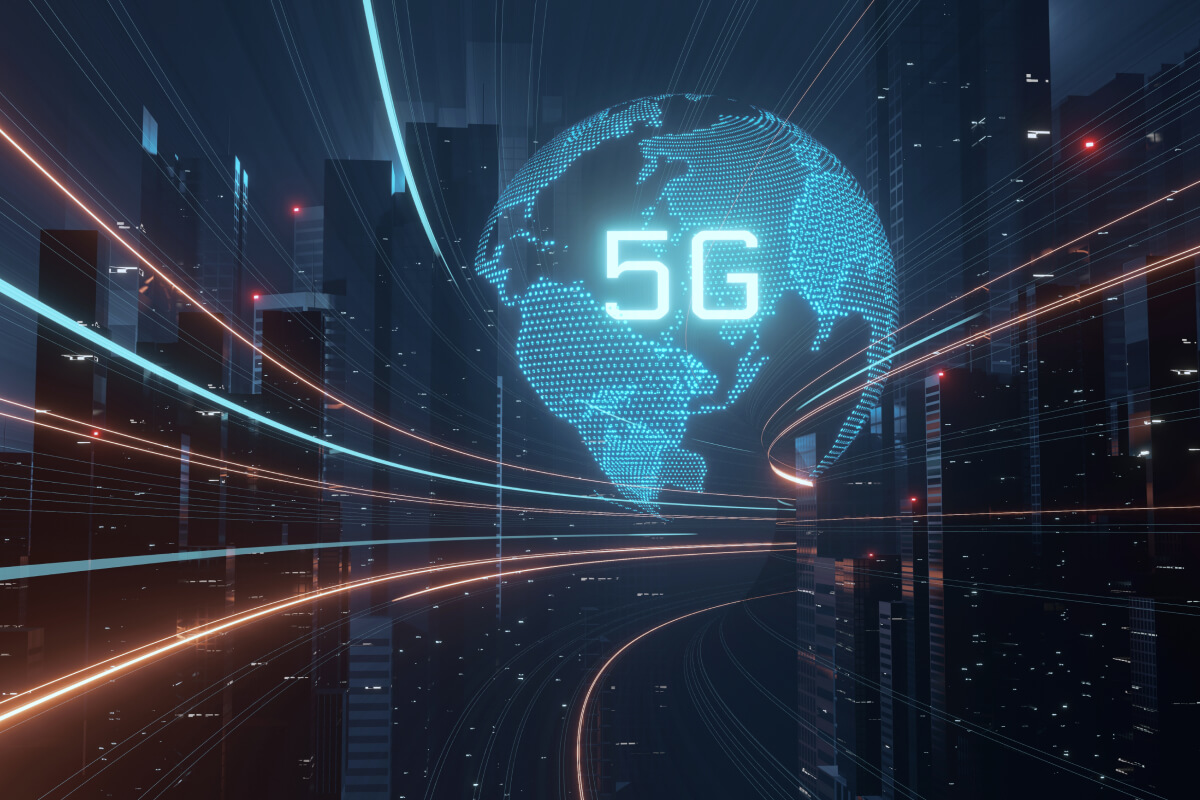Innovation in 5G technology in the automotive application industry is accelerating with IoT innovations, deployment of high-speed networks, and in-vehicle technologies. However, some crucial reasons exist for developing these technologies, such as the 5G PCB design board and hardware design.
There is research that might surprise you; according to the United States Department of Transportation report, around 94% of car accidents happen due to human error. They also found that only 2% of accidents happen due to technical errors. Reports also indicate that one in four deaths can happen due to overspeeding. So, the statistics indicate that most of the accidents are entirely preventable. So, connecting vehicles can come out as a game changer.
In this blog, we will explore how 5G IoT is reshaping the future of connected vehicles and the critical role PCB engineering, hardware design, and reliable PCB suppliers play in this ecosystem.
The Power of 5G IoT
5G is an evolution of the existing cellular networks and a paradigm shift in wireless connectivity. 5G IoT represents a revolutionary shift in wireless connectivity, offering ultra-low latency, high bandwidth, and extensive device connectivity. Connected vehicles utilizing 5G IoT can communicate with each other, infrastructure, and pedestrians in real-time, paving the way for a seamless and safe driving experience. With its remarkably low latency, connected vehicles can exchange critical information instantly, enabling advanced features and functionalities.
The high bandwidth of 5G networks ensures the smooth transmission of large data, supporting complex communication requirements. Moreover, 5G’s massive device connectivity capabilities allow seamless interaction between vehicles, infrastructure, and pedestrians. This connectivity fosters cooperative driving, enhances traffic management, and improves road safety. 5G IoT enables real-time data exchange for collision avoidance systems and enables intelligent transportation systems for efficient traffic flow.
The power of 5G IoT in connected vehicles is set to revolutionize the automotive industry, creating a future where driving is safer, more efficient, and highly interconnected.
Enhanced Vehicular Safety
Connected vehicles with 5G IoT technology can instantly share data and exchange critical information. This enables real-time traffic updates, accident warnings, and autonomous driving. With 5G’s low latency and high reliability, connected vehicles can react quickly to sudden changes in road conditions, reducing the risk of accidents and improving overall road safety.
Intelligent Traffic Management
5G IoT facilitates the creation of intelligent transportation systems, enabling efficient traffic management and reducing congestion. With the help of sensors, cameras, and connectivity, vehicles can communicate with traffic lights, road signs, and other infrastructure components to optimize traffic flow. This technology also allows for dynamic route planning, reducing travel time and improving fuel efficiency.
Seamless Vehicle-to-Everything (V2X) Communication
Vehicle-to-Everything (V2X) communication is critical to the connected vehicle ecosystem. It enables vehicles to communicate with other vehicles (V2V), infrastructure (V2I), pedestrians (V2P), and even networks (V2N). 5G IoT provides the bandwidth and reliability for seamless V2X communication, enabling real-time data exchange for collision avoidance, cooperative driving, and efficient transportation planning.
Importance of PCB Engineering and Design
Behind the scenes, PCB engineering and design are vital in developing connected vehicle systems. The hardware design of PCBs is crucial for integrating various sensors, communication modules, and processors required for 5G IoT connectivity. PCB Designers must be aware of Low loss PCB Materials, Smooth Copper profiles, design guidelines for High Frequency and Mixed signal signals, EMI & EMC constraints, Signal and Power Integrity requirements. All these play a crucial role in designing the right product.
Collaborating with a Reliable PCB Supplier
Automotive manufacturers must collaborate with trusted PCB suppliers such as Tessolve to bring the vision of connected vehicles to reality. A reliable PCB supplier can provide expertise in PCB manufacturing, ensuring that the PCBs meet the stringent requirements of automotive applications. We also offer guidance on design for manufacturability (DFM) and design for testing (DFT) principles, optimizing the PCB design process and minimizing time to market.
Conclusion
The future of connected vehicles lies in the seamless integration of 5G IoT technology. The transformative power of 5G IoT enables enhanced vehicular safety, intelligent traffic management, and seamless V2X communication. PCB engineering, hardware design, and collaboration with reliable PCB suppliers are crucial in bringing this vision to reality. As the automotive industry continues to embrace the potential of connected vehicles, the collaboration between technology providers and PCB experts will drive innovation, improve road safety, and redefine the way we travel on the roads of the future.



